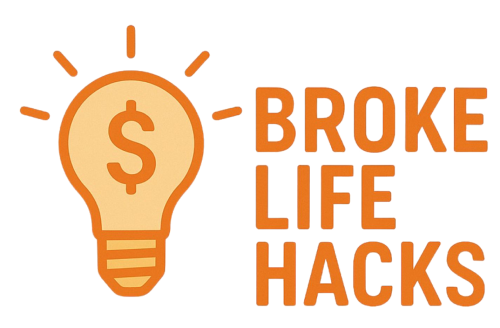The Rise of Return Fraud: Shopping Gone Wild
Bill Stewart, the proud owner of LI Toy and Game on Long Island, finds himself in a thrilling game of “who can swindle whom?” about twice a month. You see, he has customers who miraculously declare that the items he shipped are either invisible or defective. Imagine his surprise when he receives a half-assembled Scooby Doo Mystery Machine model kit, missing vital components and presumably used as an actual toy. “Went right into the trash,” Stewart laments, brushing aside the emotional trauma of watching an innocent box meet its untimely end.
Now, let’s do some math: the item cost? Two-way shipping fees? Merchant platform charges? For Stewart, this symphony of numbers culminates in a delightful net loss of $55. For a small business, that’s practically a small fortune—like finding a dollar in the couch cushions, except the couch is on fire. “With Walmart, the customer’s always right,” he chuckles bitterly, as if he were just allowed to win a prize at a carnival game that was rigged from the start.
As retail returns become as common as fast food drive-thrus, consumers indulge in a leisurely shopping spree with the absolute absence of repercussions. Why not buy three pairs of shoes when you know you can return two? Retailers are starting to crack down, claiming they’re suffering from a plague of “return fraud.” Some folks are returning empty boxes, while others are using their generous return policies as long-term rental agreements, effectively treating items like they’re affectionate pets rather than corporate property.
David Morin, the vice president of customer strategy at Narvar, astutely observed, “Consumers who’d never snatch an item off a store shelf think it’s acceptable to take advantage of retailers in these small ways.” Call it an “ethics buffet,” if you will—just load your plate and leave a tip that says “thanks for having such flexible policies!”
According to a recent report, America is on the fast track to becoming a nation of return fraudsters. In 2024, returns reached a staggering $685 billion, with about $103 billion classified as fraudulent. Yes, you read that right: that’s billions, with a B. It’s as if a wealthy uncle decided to give the entire nation a refund, only for everyone to collectively yell, “Sure, why not take an extra pair of shoes while we’re at it?”
The spectrum of returns mischief ranges from innocent mistakes to full-on heists. “Bracketing,” where shoppers buy the same item in various sizes, might be the most benign transgression, which sounds perfectly reasonable—until you realize it makes retailers feel like a jilted lover after being ghosted. On the other hand, “wardrobing” involves buying that perfect gown, wearing it to an event, then returning it afterward like you’re trading in a used car—complete with bad gas mileage and a disappointing backstory.
As consumers become increasingly crafty, tips and tricks are spreading like wildfire on social media platforms. You can find tutorial videos on TikTok instructing on how to score free refunds, essentially making it the ‘how-to’ book of the 21st century. It’s almost reminiscent of those old-school “how to get rich quick” schemes, just with a lot more retail “innocence” involved. Who knew that saving money could come with such a substantial dash of irony and a side of existential dread?
Retailers are making moves to counteract this trend. Some are introducing personalized return policies, essentially conjugating their affection for good customers and disdain for bad ones. After all, who doesn’t want to feel special when returning something? If you click on the righteous path of honesty, then congratulations—your return window just got a shiny upgrade! Meanwhile, if you decide to treat the return policy like a teenage checking account—overdrawing every chance you get—well, expect a harsh reality check.
This article playfully highlights the complexities and absurdities of return fraud in shopping, while still maintaining a clear focus on the core message.

